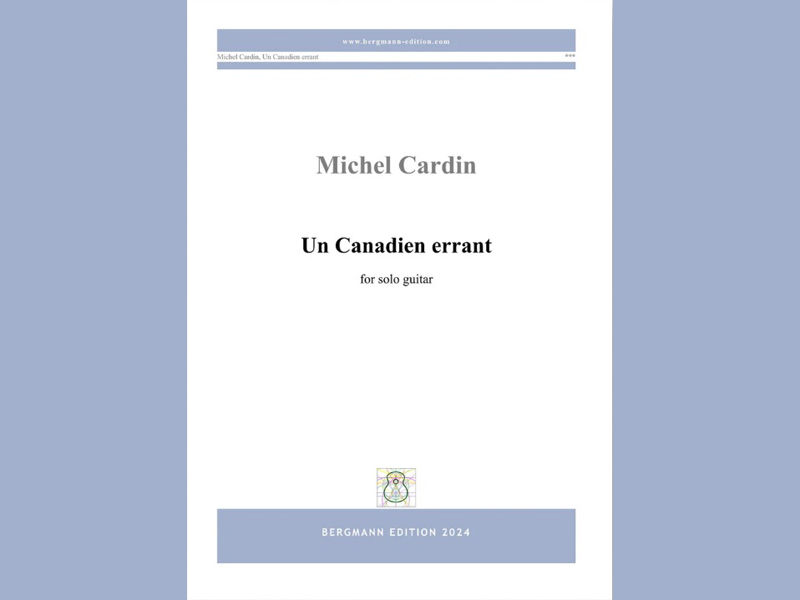Golfam Khayam : Lost Land : Doberman – Yppan
- chrisdumigan
- Jun 24, 2022
- 2 min read

Golfam Khayam
Doberman – Yppan : 12 pages
Every so often a piece comes my way that is totally unique in its writing. This piece by Iranian writer Khayam is a disarming piece of writing that takes guitar technique in a direction that I haven’t seen before in this manner. Commissioned by William Kanengiser to be part of the Diaspora Project, this being a group of seven pieces focusing on the issues of migrants and their experiences, this work firstly asks for a 6th string to a low A, an octave below the fifth, and an instruction to use a heavy gauged string between .52 to .56 for this, to allow the bass note to resonate properly and fully. Also there is a page of performance notes, explaining how some of the more unusual things you find in the score are to be played. Anyone interested should look up a performance of several excerpts of this piece on YouTube by Kanengiser.
With an astonishing direction of Quasi Adagio Disorientato, and further marked sempre rubato improvvisato, the piece begins without key signature or time signature. The main factor that hits you straight away is the multitude of large groups of mordents often 5, or 6 before a note, to be played as fast as you can, whilst still retaining the, admittedly, free rhythms of the main notation. Indeed the rhythms are so varied and so unusual when grouped together that it really does take a player of Kanengiser’s abilities to do anything with this piece, beautiful sounding though it is!
The opening with no time signature continues for nearly four pages of some of the trickiest guitar music I have ever seen, and then changes to a speed of 120 crotchets a minute, and a multitude of different time signatures namely 10/8, 6/8, 5/8, 4/4, 7/8, 9/8, and 11/8,where the emphasis is on speed, sudden accents, continuous quaver runs, including many strummed figurations , and still filled with those huge groups of mordents, before the opening tempo returns and the zero time signature with it. The unusual individual groupings of ideas and melodies now reach a new level, of difficulty involving harmonics and many musical instructions. Finally on the last page comes a passage marked Quasi Coda, Fragile, where the mordents lead to a final pair of arpeggios and a last C Major chord.
This is music like I have never seen or heard played before on the guitar. Everything is tonal, with the occasional dissonances, but generally the music is harmonically friendly, but it is something that you will never have experienced before, and if you are not of the standard of William Kanengiser, I would think you would have an immense struggle on your hands to play it. However it is worth it, if your technique is up to it!
Chris Dumigan




Comments